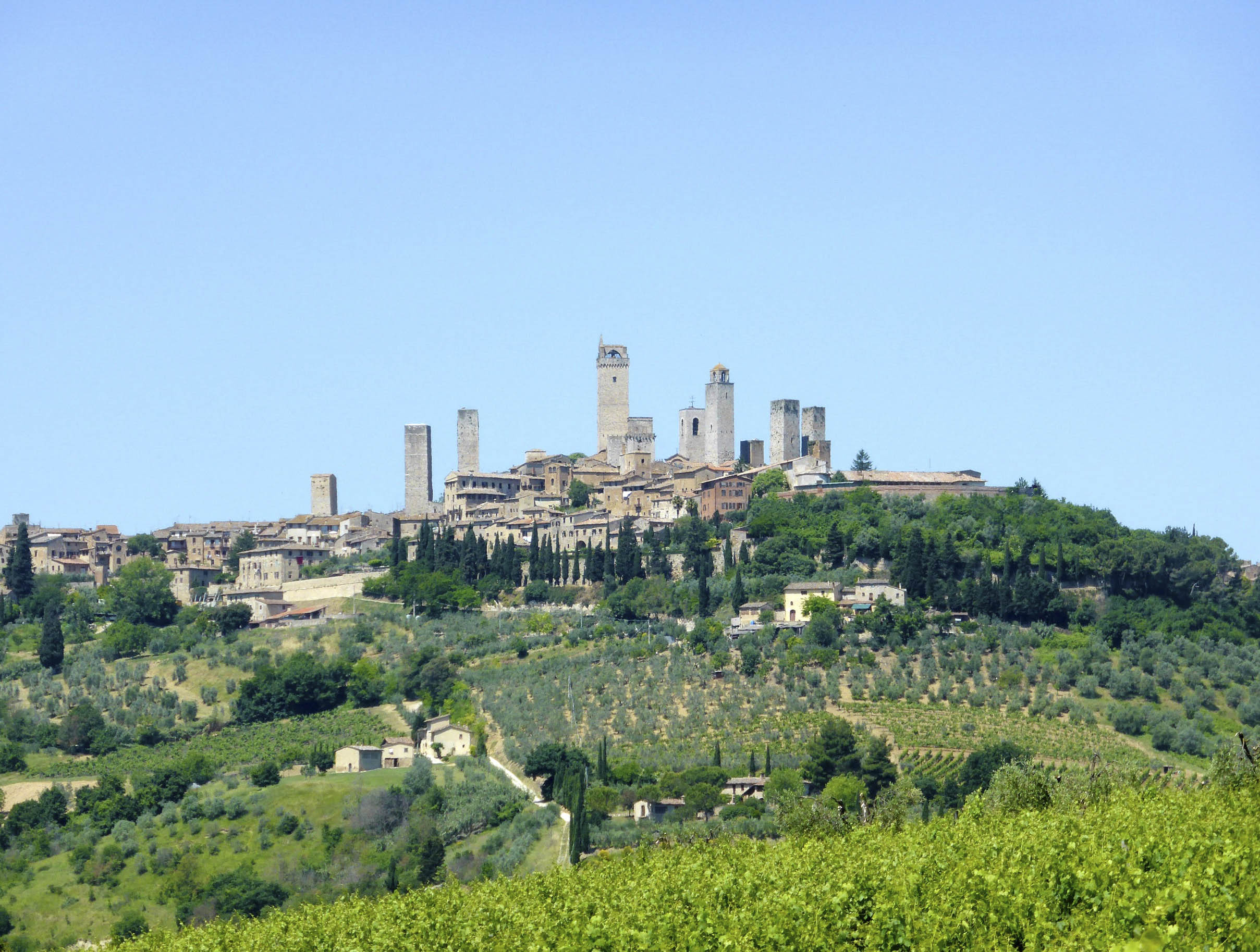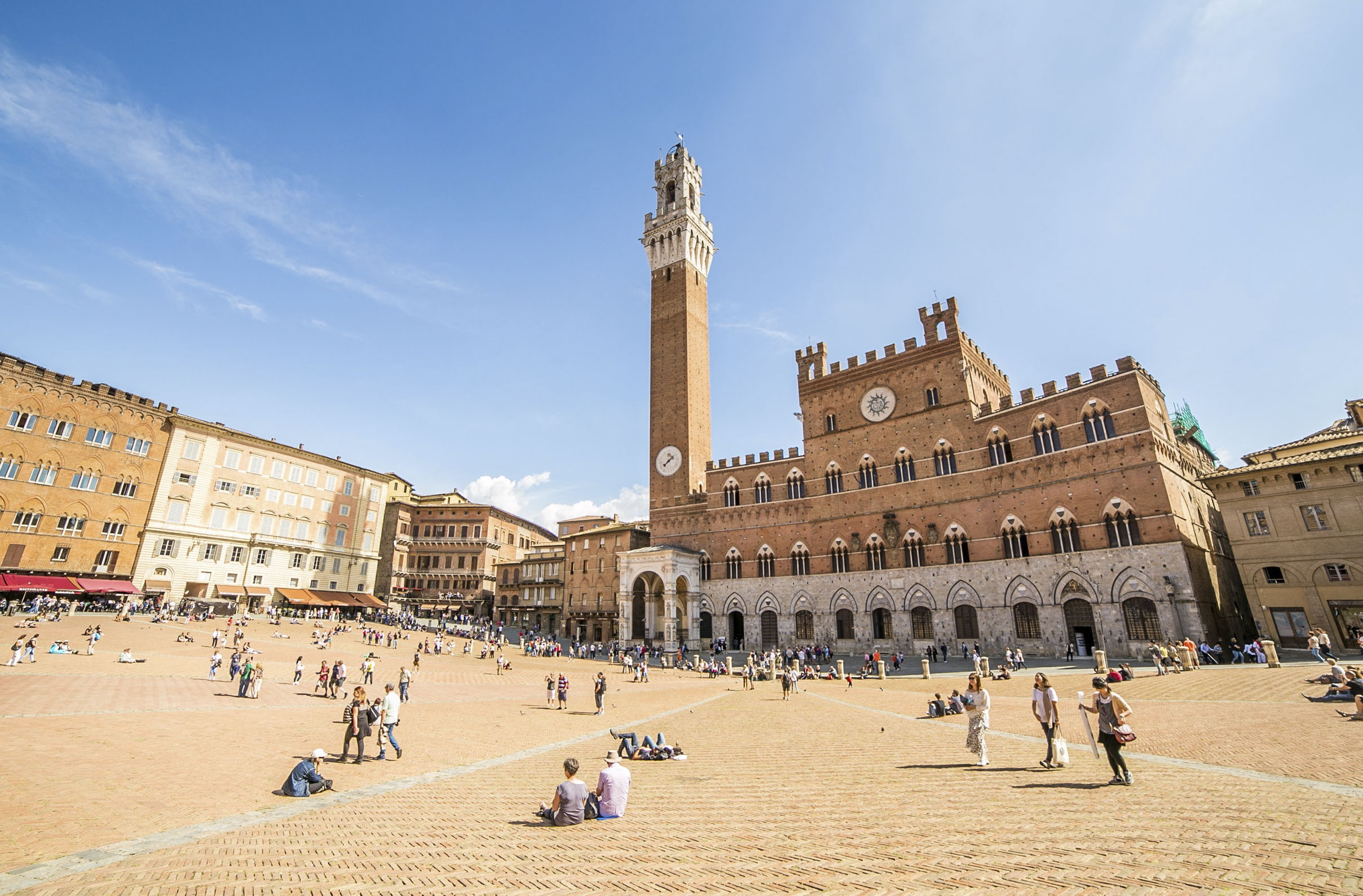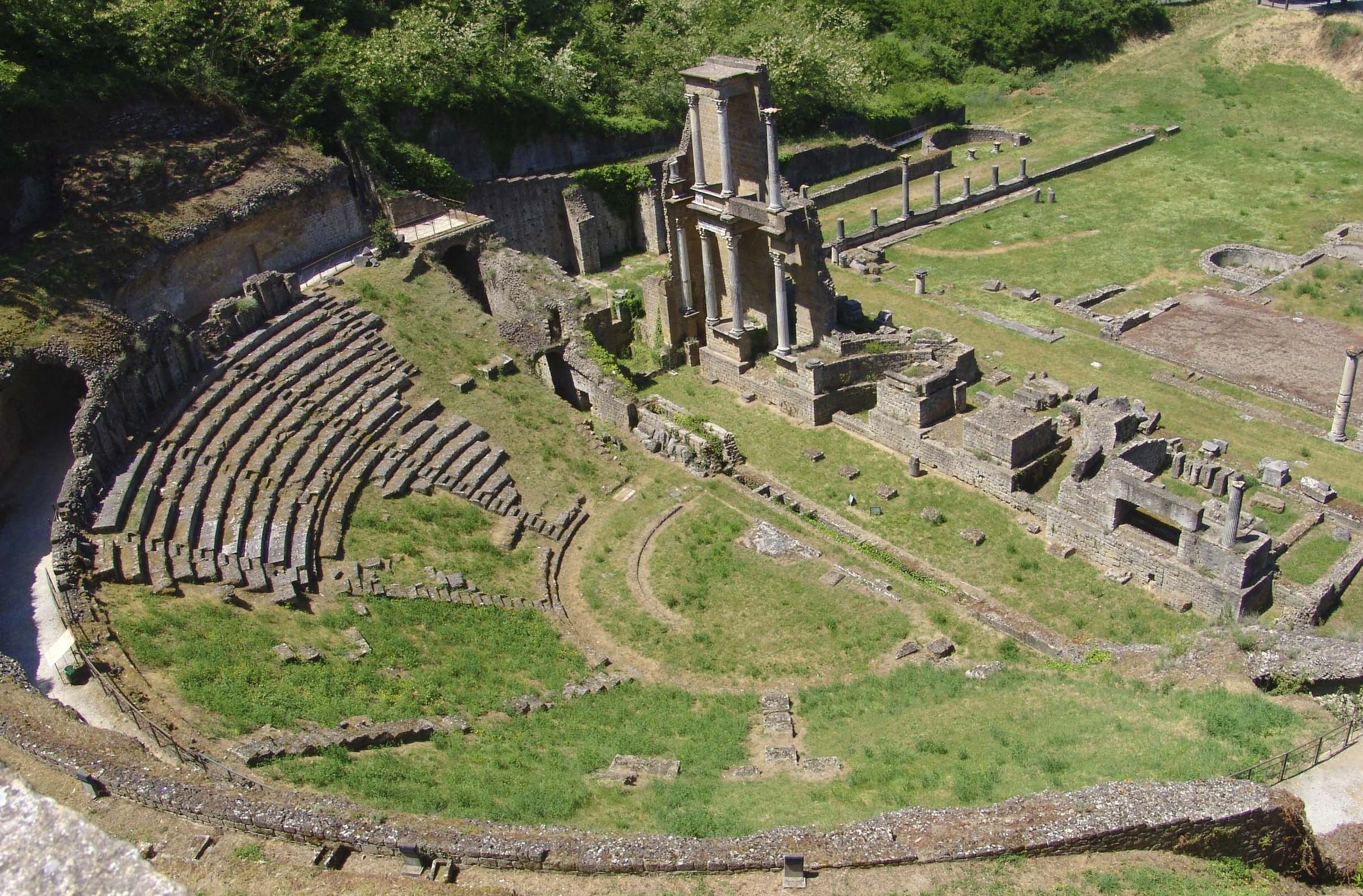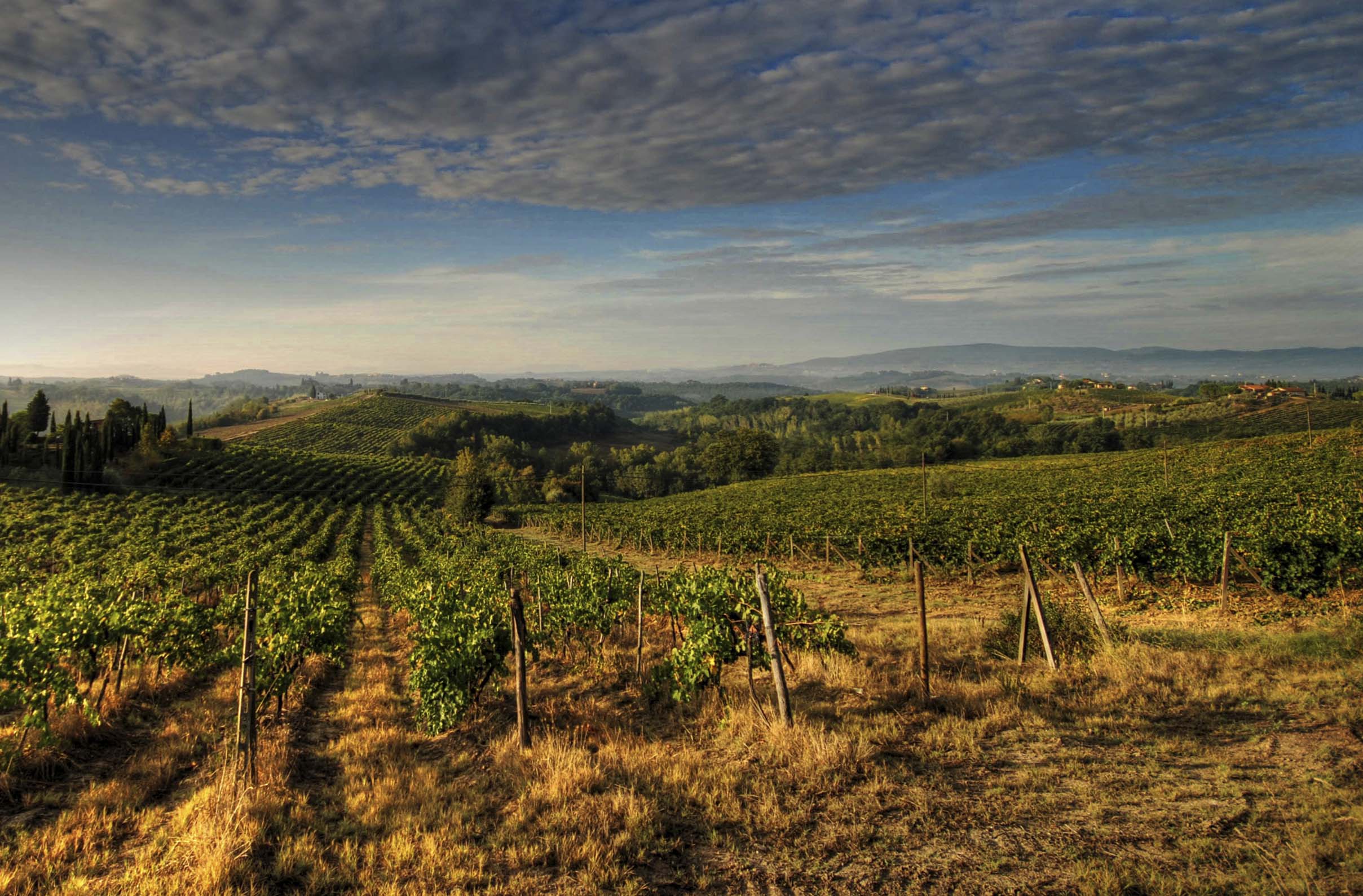
Certaldo

San Gimignano
San Gimignano rises on top of a hill from which dominates the surrounding landscape; an intact medieval historical centre, of exceptional value for its architectural homogeneity and its original urban layout, included in the UNESCO World Heritage list.
“A masterpiece of human creative genius, it bears witness to a civilisation of the past and the exceptional example of an architectural and landscape complex, testimony to important stages in human history”.
San Gimignano is one of the main European examples of urban organisation in the Middle Ages, unique in the world for the presence of the spectacular towers that dominate the landscape.
During the Middle Ages, it was an important meeting point for the pilgrims who travelled on the Via Francigena and lived a period of economic and artistic wealth during which the most important families of the city challenged themselves in the construction of the highest tower, as a symbol of wealth and power. There were more than 70 towers in the 1300s.
The expansion of the medieval walls and the construction of spectacular military architecture, palaces and churches around Piazza della Cisterna and Piazza del Duomo also date back to this period.
In San Gimignano, great artists of the Sienese school worked including Simone Martini and Lippo Memmi.
Today San Gimignano is one of the most visited historical centres in the world, also famous for the production of saffron and Vernaccia, a white wine produced exclusively within the municipal boundaries, first in Italy to have the title of product with Controlled Denomination of Origin DOC.
The history and prestige of this wine can be admired in the Vernaccia Wine Museum.

Florence
UNESCO World Heritage Site since 1982, the wealth of historical, artistic and architectural heritage makes it one of the most beautiful cities in the world.
Place of origin of the Renaissance, Florence lived its maximum splendour in the fifteenth and sixteenth centuries, during the Medici dynasty and the Lordship of Lorenzo the Magnificent and Cosimo I.
Visiting Florence for the first time it is possible to grasp its fundamental aspects through the discovery of the main monuments such as the Piazza del Duomo with the Cathedral of Santa Maria del Fiore, Giotto's Bell Tower, the Baptistery of San Giovanni; Piazza della Signoria with the Loggia dei Lanzi and Palazzo Vecchio; the Basilica of Santa Croce; the Basilica of San Lorenzo, the Basilica of Santa Maria Novella, the Ponte Vecchio, the Uffizi Gallery, the Accademia Gallery, Piazza Pitti and the Boboli Gardens, Forte Belvedere and finally Piazzale Michelangelo and the Basilica of San Miniato al Monte.

Siena
Siena is one of the most beautiful medieval cities in Italy, a magnificent city of art, recognised by UNESCO as a World Heritage Site. In fact, the city experienced its period of maximum splendour in the middle of the Middle Ages, of which it conserves an intact architectural and artistic heritage and an urban layout that remained almost unaltered until the beginning of the twentieth century.
The historic centre of Siena is dominated by the famous Piazza del Campo, a medieval square shaped like a shell in which the Palio is held every year in July and August. The square, which symbolises the mantle of the Madonna that protects the city, has been the core of Siena since Roman times, the brick paving, divided into nine sections, was built during the regime of the “Nine Governors and Defenders of the Commune and People of Siena”, between 1287 and 1355.
On the square there is the Palazzo Pubblico (13th-14th century), a jewel of gothic art and the seat of the civic museum, the Cappella di Piazza and the Torre del Mangia. Going up the 500 steps of the tower you can enjoy a splendid view of the city and the surrounding hills characterised by landscapes of extraordinary beauty.
In the civic museum many of the most beautiful paintings of the Sienese school are preserved.
Not far from Piazza del Campo is the magnificent Duomo di Siena, a Gothic cathedral built between 1214 and 1263 which houses many artistic treasures such as the Baptistery of Donatello, the Rosone by Duccio da Bonisegna, the marble pulpit by Nicola Pisano, the Piccolomini Library decorated by Pinturicchio and the amazing floor with 56 scenes engraved and carved in marble.
Other important examples of Italian Gothic are the basilicas of San Domenico and San Francesco, the river sources (Branda, d'Ovile, Nuova etc), the gates (Tufi, Romana, Ovile, Pispini), the palaces Tolomei, Chigi-Saracini, Buonsignori, Salimbeni. Also worthy of mention are the palaces: Piccolomini, delle Papesse, Spannocchi, dei Diavoli and the Logge del Papa; among the religious buildings: the Madonna delle Nevi, Santa Caterina in Fontebranda and the Sagrestia dell'Osservanza.
Siena is also home to one of the oldest Italian universities, already known in the thirteenth century, and is home to the Academies of the Intronati, the Rozzi, the Fisiocritici and the Chigiana Musical Academy.
The Municipal Library of the Intronati is very important, as is the State Archives, which conserve among other things the collection of biccherna tablets.
Museums of considerable interest in Siena are: the Pinacoteca (gallery) housed in the Palazzo Buonsignori, the Museo dell'Opera Metropolitana in Piazza Duomo, the Archaeological Museum and Santa Maria della Scala, an imposing museum complex, located in front of the cathedral steps, in a building already home to one of the oldest and largest European hospitals, mentioned for the first time in an official document in 1090, although certainly of an older foundation.
Outside the city there is an extraordinary territory, rich in unique landscapes such as Chianti, the Crete Senesi and the Val d'Orcia where the famous “ideal” city of Pienza rises.

Volterra
Volterra is one of the main cities of ancient Tuscany, the hill on which it stands was inhabited already during the early Iron Age, as confirmed by the Villanovan necropolis; the first urban nucleus dates back to the 8th century CE.
In the Etruscan age it was one of the twelve cities of the confederation and it saw its period of maximum splendour in the 4th century BCE, in this period the city walls went up, the Porta all'Arco, the Porta Diana, the Acropolis.
In the 3rd century BCE, Volterra recognised the supremacy of Rome and entered the Italic confederation with the name of Volaterrae.
Among the ruins of the Roman era stands the hemicycle theatre, dating back to the end of the 1st century BCE, carved out of a natural slope, at the end of the 3rd century CE. Its original use was abandoned and was used as a spa. In the Middle Ages part of the theatre was incorporated into the city walls.
In the Middle Ages from the 5th century CE the city was a bishop’s seat that had jurisdiction over a vast territory.
The most important examples of medieval architecture are the cathedral with the annexed Romanesque baptistery, built between the twelfth and thirteenth centuries, and the Palazzo dei Priori, built in 1246.
Volterra offers many places to visit, including the Guarnacci Etruscan Museum which houses a sculpture known as L’Ombra della Sera, an ancient archaeological find considered among the most important in the world.
Very important in Volterra is the processing of alabaster, the origins of the processing date back to more than 3,000 years ago, when in Etruscan times it was used for the construction of sarcophagi and cinerary urns. Thanks to the art of alabaster the city is a real gem of stone, everything is made with this material, the streets, the towers, the buildings. The history of alabaster processing can be traced back to the alabaster Ecomuseum, set up between the walls of a former Augustinian convent.

Via Francigena
In the Middle Ages, the Via Francigena was a road travelled by pilgrims who crossed Europe to go to Rome. The road, dotted with stopping places, villages and abbeys, became a privileged route for pilgrims across the Alps after Abbot Sigeric, who was appointed bishop of Canterbury in 990, described the stages of his journey to Rome.
The Via Francigena then became a cultural and commercial axis for spices, silks and other merchandise coming from the East.
The Via Francigena in Italy crosses several regions: Lazio, Tuscany, Emilia Romagna, Liguria and Piedmont and was declared a Cultural Itinerary of the Council of Europe in 1994.
Today the path is an important cultural itinerary that allows you to cross uncontaminated landscapes and come into contact with the traditions of the places, the opportunity for a renewed relationship with nature and history.
The Via Francigena in Tuscany: 16 stages among history and nature:
https://www.visittuscany.com/it/idee/la-via-francigena-in-toscana-16-tappe-tra-storia-e-natura/
Close to Villa Gorgognano the route from Gambassi Terme to San Gimignano, between the hills of Val d'Elsa, castles and ancient parishes you get to the shrine of Pancole, the village of Collemuccioli and the parish of Cellole from which you can see the towers of San Gimignano.

Chianti
Chianti is one of the most visited areas of Tuscany, located between the provinces of Florence and Siena, famous throughout the world for the wine tradition that dates back to the 13th century.
The territory offers unique landscapes: hills covered by vineyards, woods and charming medieval villages, castles, villas, churches and farms and an experience of gastronomic specialties and its excellent product: Chianti wine.
The border of the Chianti production area was set in 1716 by the Grand Duke of Tuscany Cosimo III; in the twentieth century, to satisfy the market demand, it began to produce wine with the name Chianti in a larger area, until in 1924 the producers founded the Consortium for the defence of the typical Chianti wine which was given the symbol of Gallo Nero (Black Cockerel), the historical emblem of the military league of Chianti, reproduced by Giorgio Vasari in the Salone dei Cinquecento of Palazzo Vecchio Florence, delimiting the production area of the Chianti Classico DOCG
The route of the Chiantigiana road linking the cities of Florence and Siena offers many stops in the ancient places of the Chianti Classico: Greve in Chianti, Radda in Chianti, Gaiole in Chianti, Castellina in Chianti, Panzano, the castles of Brolio, Verrazzano, Vignamaggio, Vicchiomaggio and Volpaia.
Also suggestive is the recent cellar built in Bargino in the Municipality of San Casciano Val di Pesa by the Antinori family


